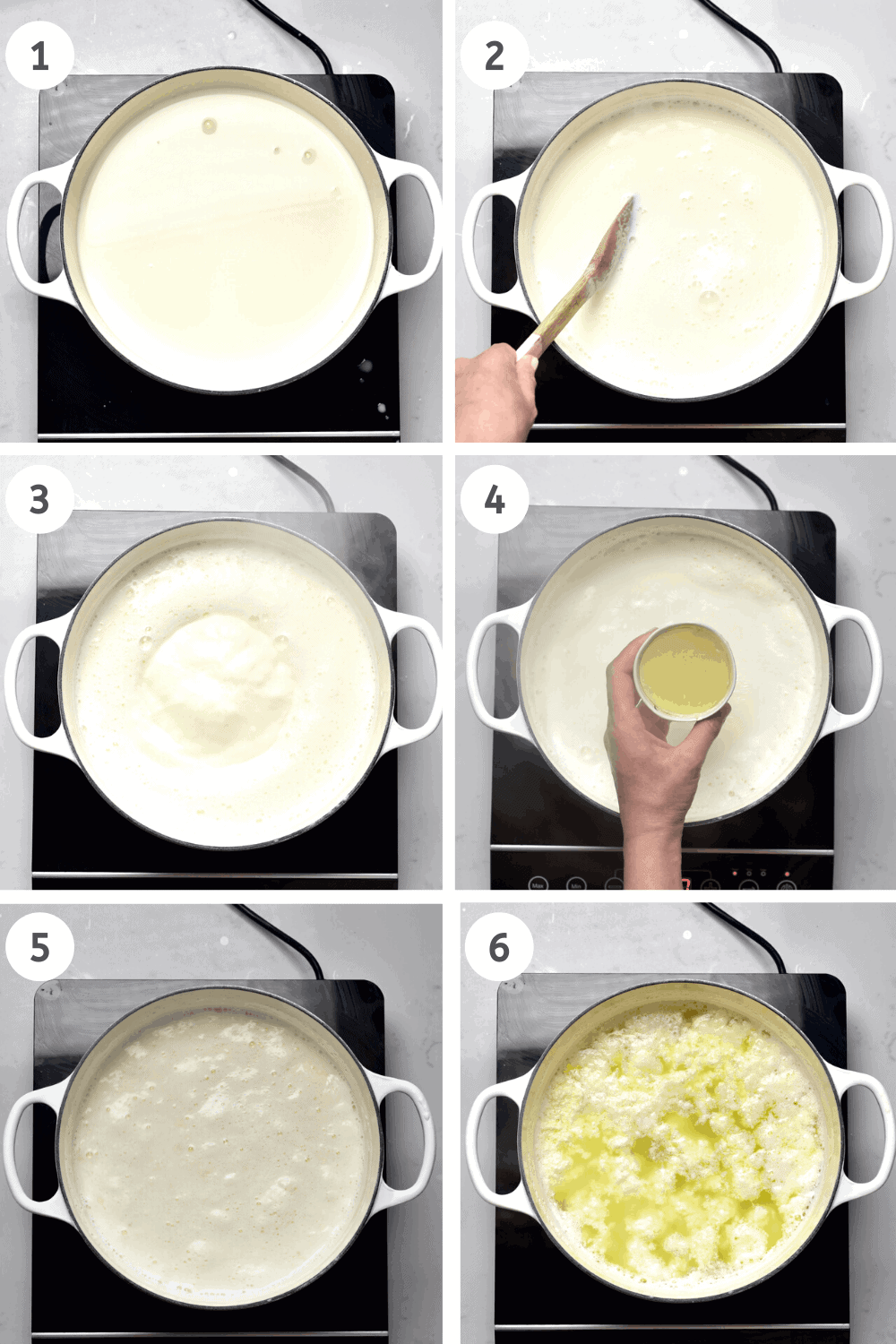Introduction:
In the culinary world, cheese stands as a testament to the transformative power of craftsmanship and science. Among the vast array of cheeses gracing our palates, high-temperature varieties evoke a unique symphony of flavors that ignite our senses. Embarking on a journey of creating high-temp cheese may seem daunting, yet with patience, precision, and unwavering passion, the rewards are immeasurable. Join us as we unravel the intricacies of high-temperature cheesemaking, empowering you to craft delectable delicacies that will elevate any culinary experience.

Image: www.alphafoodie.com
Exploring the High-Temperature Cheesemaking Realm:
The allure of high-temperature cheese lies in its remarkable ability to withstand higher cooking temperatures without losing its integrity. This attribute makes it an ideal companion for dishes calling for melted or grilled cheese, opening up culinary possibilities that defy limits. The process of making high-temp cheese differs from its lower-temperature counterparts, requiring a careful balance of heat, moisture, and time.
Delving into the Process:
-
Selection of Milk: Crafting high-temp cheese begins with the judicious selection of milk. Opt for high-quality milk with a balanced composition of proteins, fats, and minerals. The choice of milk source, be it cow, goat, or sheep, will impart distinctive nuances to the final product.
-
Curdling Process: The next crucial step involves curdling the milk using specific cultures or acids. This process triggers a transformation, causing the milk proteins to coagulate and form curds. The temperature during curdling plays a pivotal role in determining the texture and firmness of the resulting cheese.
-
Cutting and Heating: Once the curds have formed, they are carefully cut into small pieces, a process that encourages the release of whey, the liquid component of milk. The curds are then heated gently while maintaining constant stirring to prevent clumping.
-
Stretching and Kneading: The heated curds undergo a stretching and kneading phase, imparting the cheese with its characteristic pliable texture. This step requires skill and intuition, as overworking the cheese can compromise its elasticity.
-
Molding and Aging: The stretched curds are then molded into various shapes and sizes, giving birth to iconic forms such as balls, blocks, and braids. Aging is a crucial stage in high-temp cheesemaking, as it allows the flavors to develop and intensify.
Expert Insights:
-
“Precision is paramount in high-temperature cheesemaking,” advises renowned cheesemaker Marieke Penterman. “Temperature fluctuations can dramatically impact the final texture and flavor.”
-
“Patience is a virtue,” adds award-winning cheesemaker Mateo Kehler. “Allowing the cheese sufficient aging time unlocks its full potential, revealing a symphony of complex flavors.”
Actionable Tips:
-
Invest in a high-quality thermometer to ensure accurate temperature control throughout the cheesemaking process.
-
Utilize a pH meter to monitor acidity levels, ensuring proper curd formation.
-
Consider consulting with experienced cheesemakers or joining workshops to gain hands-on knowledge.
Conclusion:
The art of high-temperature cheesemaking is a testament to human ingenuity and the power of culinary exploration. By mastering this technique, you embark on a journey of creating exquisite cheeses that will elevate any culinary creation. Whether you’re a seasoned cheesemaker seeking to expand your repertoire or a novice eager to delve into the world of cheesemaking, the insights and guidance provided in this article will empower you to create delectable high-temp cheeses that will tantalize taste buds and ignite culinary passions.

Image: thatgirlcookshealthy.com
How To Make High Temp Cheese







